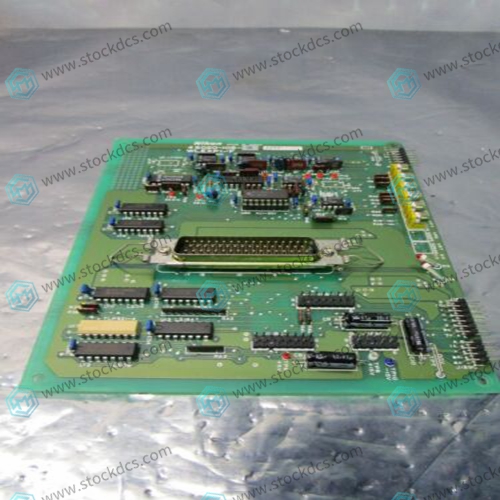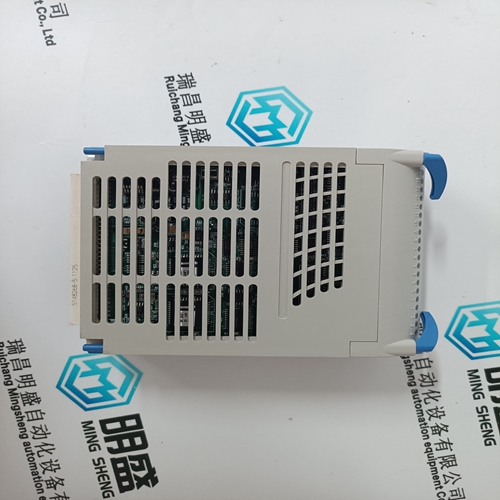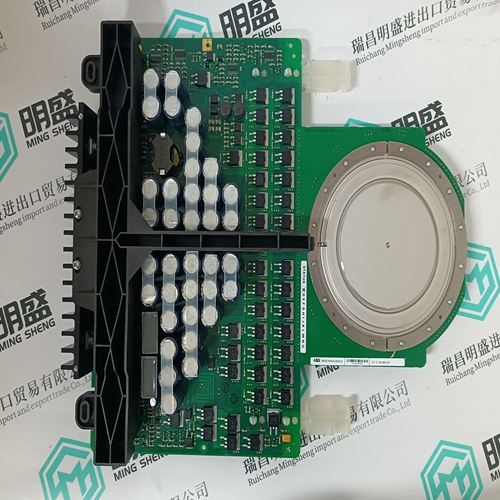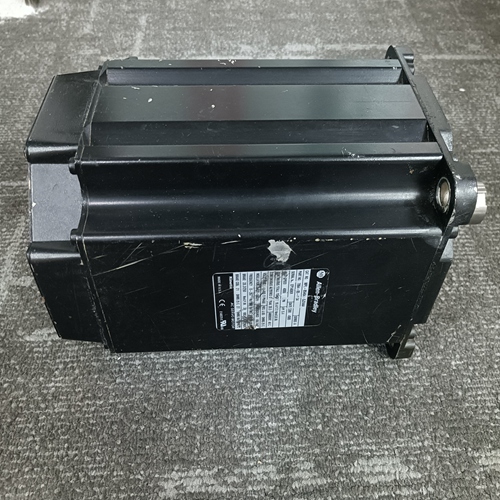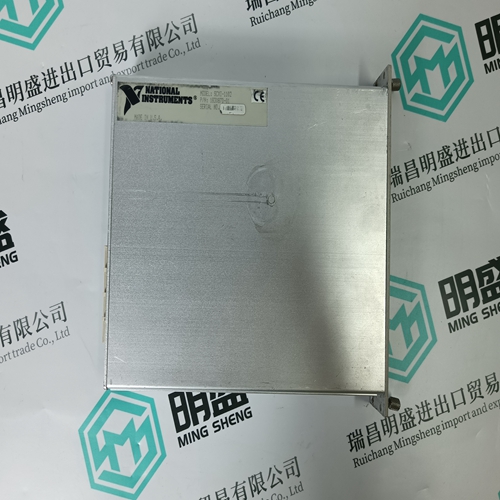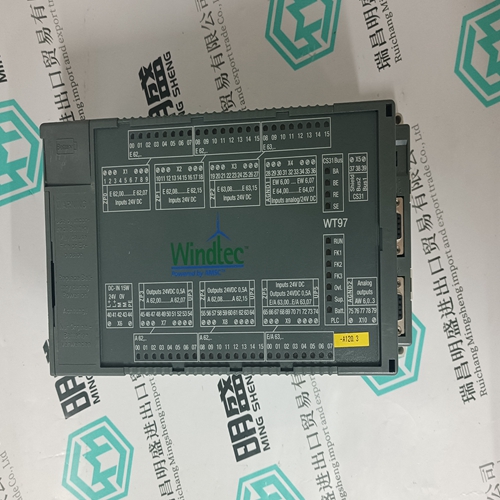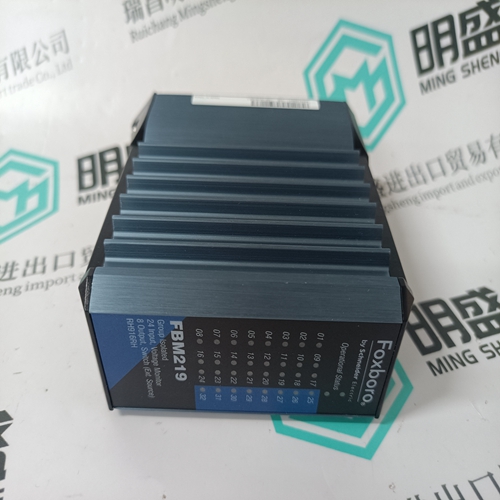Home > Product > Robot control system > Nikon 4S020-105-2 Printed Circuit Board
Nikon 4S020-105-2 Printed Circuit Board
- Goods status: new/used
- Delivery date: stock
- The quality assurance period: 365 days
- Phone/WhatsApp/WeChat:+86 15270269218
- Email:stodcdcs@gmail.com
- Tags:Nikon4S020-105-2Printed Circuit Board
- Get the latest price:Click to consult
Nikon 4S020-105-2 Printed Circuit Board
Product Details Introduction
Printed Circuit Board (PCB) is a basic component used to support and connect electronic components. It is usually printed with a conductive copper layer on an insulating substrate. These circuits are used to transmit current, signals, and data to connect and organize electronic components, thus forming circuits.
Here are some important information about printed circuit boards:
Main components:
Substrate: Usually made of insulating materials, such as glass fiber reinforced epoxy resin (FR-4) or polyimide (PI). The substrate provides physical support for the PCB and prevents short circuits between circuits.
Copper Layer: The copper layer is printed on the surface of the substrate, forming the wires and connection points in the circuit. They are made through chemical etching or other processing methods.
Circuit Traces: A circuit printed on a copper layer, used to connect electronic components, transmit signals, and current.
Pads and Holes: The connection point is usually located at the end of a circuit and is used to connect electronic components, such as soldering or inserting component pins. Holes are used to install connecting components or connect different layers of multi-layer PCBs through hole (PTH) technology.
Impedance Control Layer: For high-frequency circuits, a PCB may include an impedance control layer to ensure signal transmission quality.
Layers: A PCB can be a single layer (single sided), double layer (double sided), or multi-layer structure, with multiple copper layers inside, enabling more complex circuits.
Manufacturing process:
Manufacturing a PCB typically involves the following steps:
Design: Firstly, the circuit design engineer uses PCB design software to create the circuit diagram and layout of the PCB.
Printing: Based on design, the copper layer and other special layers of PCB are printed, usually using chemical etching methods.
Assembly: Electronic components (such as resistors, capacitors, integrated circuits, etc.) are installed on a PCB through welding or insertion.
Testing: The PCB has been tested to ensure its proper operation.
Installation: A PCB can be installed in a device or system and then connected to other PCBs or components to build a complete electronic device.
Application field:
PCB is widely used in various electronic devices and application fields, including but not limited to:
Personal computers and servers.
Smartphones and tablets.
Automotive electronic systems, including engine control, entertainment, and navigation systems.
Medical equipment, such as medical imaging equipment and patient monitoring equipment.
Industrial automation and control systems.
Communication equipment, such as routers, switches, and base stations.
Consumer electronics products such as televisions, audio systems, and game consoles.
Aerospace and defense applications, such as aircraft and missile systems.
Product image
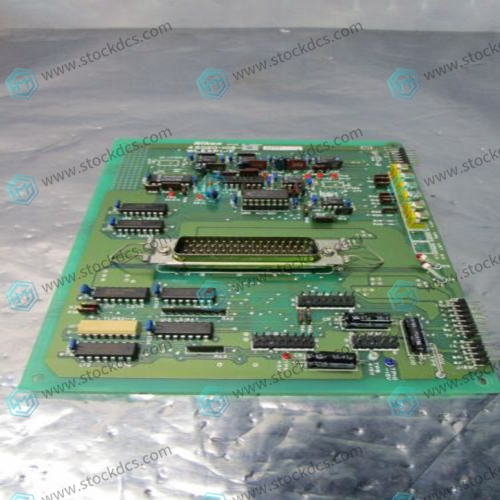
Related products:
Nikon 4S017-615 Control Pulse Module
